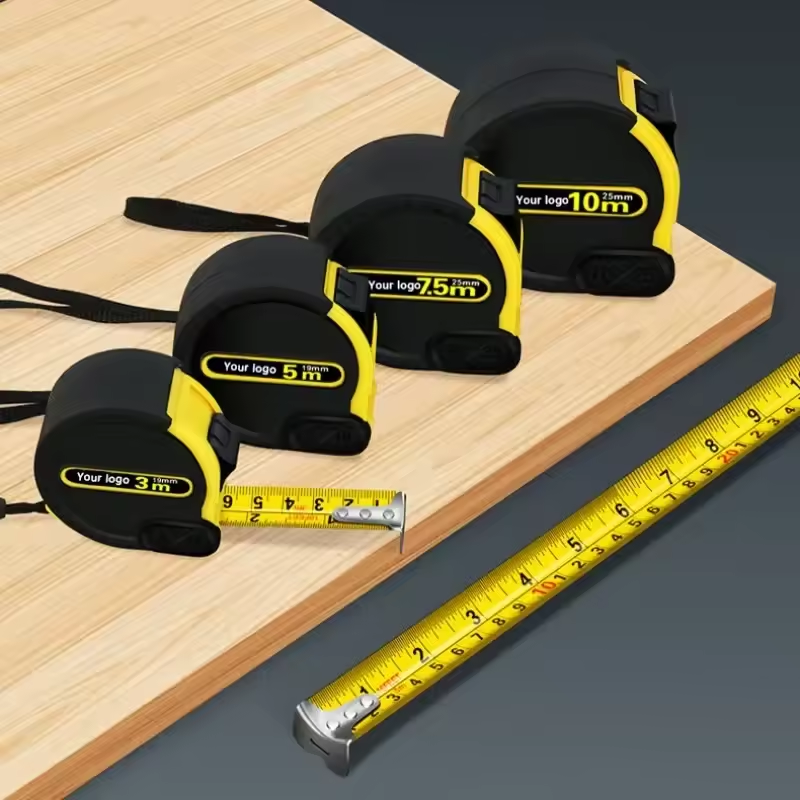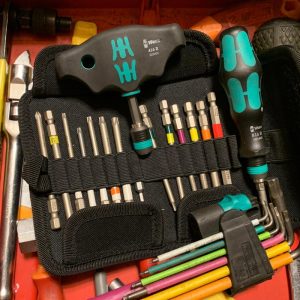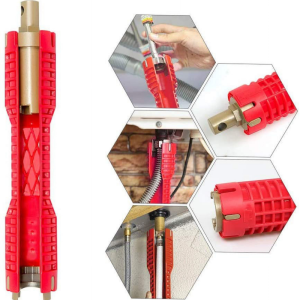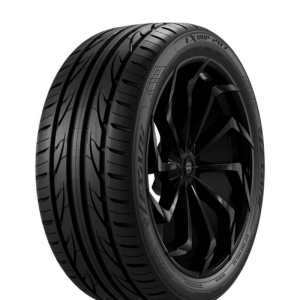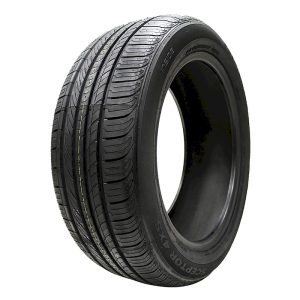
Properly inflated motorcycle tires are essential for safety, performance, and tire life. Underinflated or overinflated tires can compromise handling, braking, and fuel efficiency. This guide will walk you through the process of checking and inflating your motorcycle tires, as well as providing essential tips for maintaining optimal tire pressure.
Understanding Tire Pressure
Before you start inflating your tires, it’s crucial to understand the recommended tire pressure for your motorcycle. This information can be found in your motorcycle’s owner’s manual or on a sticker located on the bike’s frame or swingarm.
The recommended tire pressure is typically expressed in pounds per square inch (PSI). It’s essential to check the tire pressure when the tires are cold, as the heat generated from riding can increase tire pressure.
Essential Tools
To check and inflate your motorcycle tires, you’ll need the following tools:
- Tire pressure gauge: An accurate gauge is crucial for measuring tire pressure.
- Air compressor or pump: You can use a gas station air compressor, a portable air compressor, or a manual pump.
How to Check Tire Pressure
- Park your motorcycle on a level surface. Uneven ground can give inaccurate readings.
- Locate the tire valve stems. These are usually located on the inside of the rims.
- Remove the valve caps. Carefully unscrew the caps to expose the valve stems.
- Attach the tire pressure gauge. Press the gauge firmly onto the valve stem to get an accurate reading.
- Compare the reading to the recommended pressure. If the pressure is too low or too high, proceed to the next step.
How to Inflate Motorcycle Tires

- Determine the required amount of air. Calculate the difference between the current tire pressure and the recommended pressure.
- Connect the air compressor or pump. Connect the air hose to the tire valve stem.
- Start inflating. Turn on the air compressor or pump and start inflating the tire.
- Monitor the pressure. Keep an eye on the tire pressure gauge and stop inflating when you reach the recommended pressure.
- Remove the air hose. Carefully disconnect the air hose from the valve stem.
- Replace the valve cap. Securely tighten the valve cap to prevent air leaks.
- Check the other tire. Repeat the process for the other tire.
Tips for Maintaining Tire Pressure
- Check tire pressure regularly. Ideally, check your tire pressure at least once a month or before long rides.
- Avoid overinflation. Overinflated tires can reduce traction and increase the risk of punctures.
- Avoid underinflation. Underinflated tires can lead to overheating, reduced fuel efficiency, and increased tire wear.
- Consider using a tire pressure monitoring system (TPMS). TPMS can provide real-time tire pressure readings.
Common Mistakes to Avoid
- Using an inaccurate gauge. An inaccurate gauge can lead to incorrect tire pressure.
- Ignoring tire pressure warnings. If your motorcycle has a tire pressure warning system, pay attention to it.
- Neglecting tire maintenance. Regular tire inspections and maintenance are crucial.
Troubleshooting Common Tire Issues
Tire problems can be frustrating and potentially dangerous. Understanding common tire issues and how to address them can help you maintain your motorcycle’s safety and performance.
Flat Tires and Punctures
A flat tire is a common motorcycle problem. Here’s what to do:
- Assess the damage: Determine the cause of the flat. If it’s a small puncture, you might be able to repair it with a tire plug kit.
- Use a tire repair kit: Follow the instructions included with your kit to insert the plug into the puncture.
- Seek professional help: For larger punctures or if the tire is damaged beyond repair, visit a motorcycle repair shop.
- Prevent future punctures: Consider using tire sealant or puncture-resistant tubes.
Uneven Tire Wear
Uneven tire wear can indicate underlying issues with your motorcycle. Common causes include:
- Incorrect tire pressure: Maintaining the correct tire pressure is crucial for even wear.
- Wheel imbalance: Unbalanced wheels can cause rapid tire wear.
- Misaligned wheels: Improper alignment can lead to uneven tire wear.
- Suspension issues: Worn or damaged suspension components can affect tire wear.
If you notice uneven tire wear, it’s essential to have your motorcycle inspected by a professional.
Tire Bulges and Cracks
Tire bulges or cracks are serious issues that require immediate attention. These can be caused by:
- Underinflation: Low tire pressure can lead to tire bulges.
- Overloading: Exceeding the motorcycle’s weight capacity can cause tire damage.
- Impact damage: Hitting a pothole or other object can cause tire damage.
If you notice any bulges or cracks in your tires, replace them immediately.
Tire Vibrations
Tire vibrations can be caused by several factors:
- Unbalanced wheels: This is a common cause of tire vibration.
- Worn tires: Unbalanced wear can lead to vibrations.
- Bent rims: A damaged rim can cause tire vibration.
To resolve tire vibrations, have your wheels balanced and inspect your tires and rims for damage.
Tire Noise
Excessive tire noise can be annoying and indicate potential issues. Common causes include:
- Worn tires: The tread pattern of worn tires can create noise.
- Unbalanced wheels: Unbalanced wheels can cause tire noise.
- Tire pressure: Incorrect tire pressure can contribute to tire noise.
If you’re experiencing excessive tire noise, have your tires inspected and balanced.
Choosing the Right Motorcycle Tires: A Rider’s Guide
Selecting the appropriate motorcycle tires is crucial for safety, performance, and overall riding experience. Understanding the different types of tires and their characteristics will help you make an informed decision.

Understanding Motorcycle Tires Types
Motorcycle tires are categorized based on their intended use.
- Street Tires: Designed for everyday riding, these tires offer a balance of grip, handling, and durability. Subcategories include sport touring, sport, and cruiser tires.
- Dual-Sport Tires: These tires are a hybrid, suitable for both on-road and off-road riding. They offer a compromise between street performance and off-road traction.
- Off-Road Tires: Designed for challenging terrains, these tires feature aggressive tread patterns for maximum grip.
- Racing Tires: Built for maximum performance on the track, these tires prioritize grip and handling over longevity.
Factors to Consider
When choosing motorcycle tires, consider the following factors:
- Motorcycle Type: The type of motorcycle you own will determine the appropriate tire type.
- Riding Style: Your riding style, whether aggressive or leisurely, influences tire selection.
- Riding Conditions: The type of roads you typically ride on, such as wet or dry, will impact tire performance.
- Tire Size: Ensure the tires you choose match the recommended size specifications for your motorcycle.
- Tire Brand and Model: Research different tire brands and models to find the best fit for your needs.
Motorcycle Tires Components and Terminology
Understanding tire components can help you make informed decisions.

- Tread Pattern: The design of the tire’s surface affects grip, water dispersal, and noise levels.
- Tire Compound: The rubber compound used in the tire influences grip, wear resistance, and performance in different weather conditions.
- Tire Construction: The internal structure of the tire affects its strength, durability, and handling.
- Tire Ratings: Look for speed ratings and load indexes to ensure the tire is suitable for your motorcycle.
Tips for Choosing the Right Motorcycle Tires
- Consult Your Owner’s Manual: Refer to your motorcycle’s owner’s manual for recommended tire sizes and specifications.
- Seek Expert Advice: Talk to experienced riders or motorcycle dealers for recommendations.
- Consider Tire Reviews: Read reviews from other riders to gain insights into tire performance.
- Prioritize Safety: Always choose tires that prioritize safety and performance.
The Importance of Proper Motorcycle tires Pressure
Maintaining the correct tire pressure is essential for a safe and enjoyable riding experience. By following the steps outlined in this guide and being diligent about tire care, you can help ensure optimal performance and longevity of your motorcycle tires.
Invest in your safety and your motorcycle’s performance by maintaining proper tire pressure.
